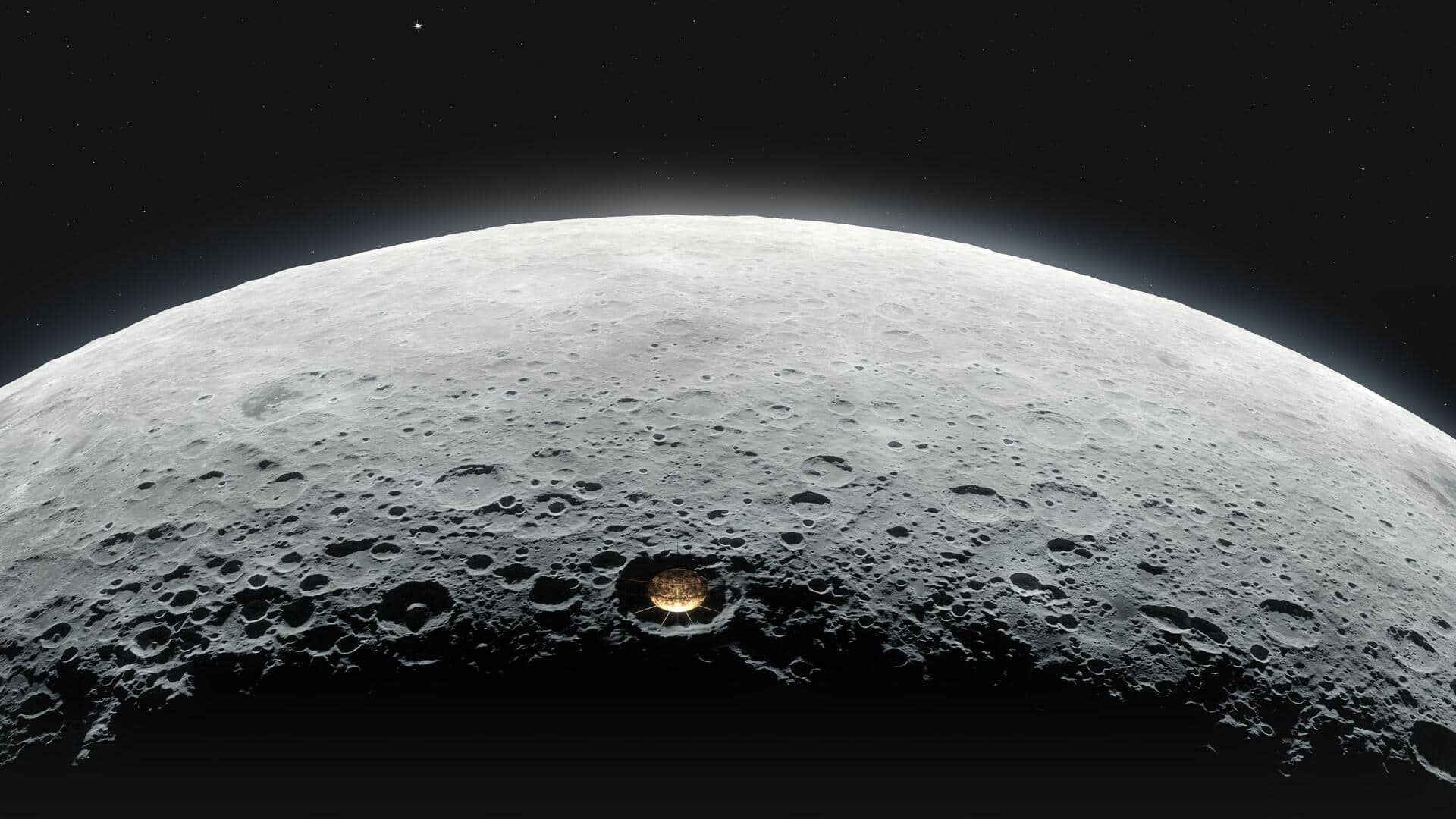
Scientists propose setting up 'hypertelescope' on Moon: How it'll work
What's the story
In a new paper, scientists have proposed a groundbreaking concept called the 'hypertelescope,' which could be built on the Moon's surface to make observations. This innovative idea suggests having a mirror array as the primary mirror, arranged along the terrain of a lunar crater, with the detector cluster suspended by a cable. While still in its early stages, this concept builds off the idea of an optical telescope and could pave the way for new astronomical discoveries.
Details
There have been several proposals to send telescopes on Moon
The idea of placing telescopes on the Moon is not new. NASA has funded a grant for the Lunar Crater Radio Telescope (LCRT), and astronauts placed retroreflectors on the Moon during the Apollo missions. The other popular proposals include the Life Finder Telescope At Lunar Poles (LFTALP) which will comprise an array of 6.5-meter telescopes for observing exoplanet atmospheres as they transit their star. These proposals, however, could be challenging to execute owing to technical reasons.
Advantages
How would a hypertelescope be advantageous over other similar proposals?
The hypertelescope concept addresses some of the technical challenges faced by previous proposals by using relatively smaller mirrors that are easier to construct and arrange along the natural shape of a crater. This innovative approach could pave the way for more feasible lunar observatory construction in the future. However, there are certain issues. For one, there would be dust accumulation on the mirrors. Also, the Moon's seismic activity could affect the alignment of mirrors and detectors.